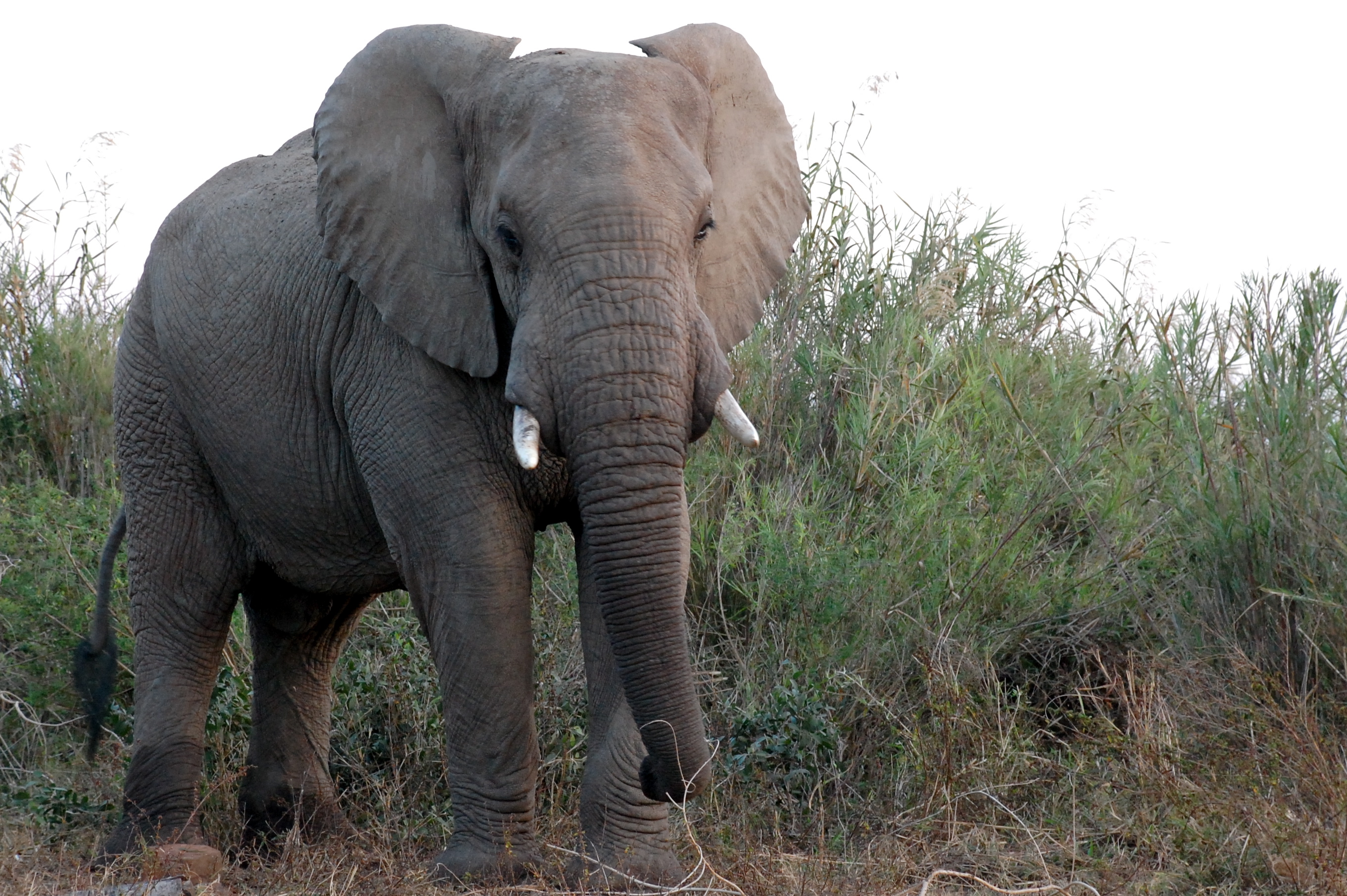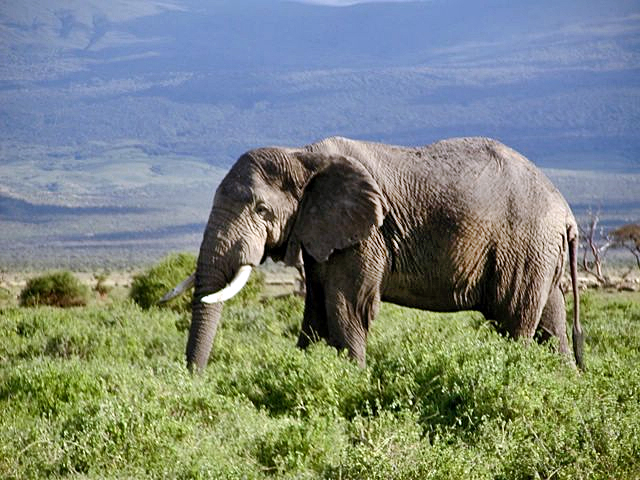I can't believe it's already
the middle of February! Where has the “new” year gone? Oh well.
Today, we've got a lot of good things to go through in this blog post
that I know if you are like me, you'll enjoy. Not only is there some
information on the upcoming Jurassic World
movie, but I've also oriented today's non-fiction article toward the
upcoming holiday, Valentine's Day – the loveliest
day of the year, if you get my pun.
Days Till
It is:
1 day till Valentine's Day
It is:
4 days till Washington's Birthday
It is:
32 days till St. Patrick's Day
It is:
66 days till Easter
In the Spotlight
Great
news today concerning the upcoming movie Jurassic World,
the third sequel to the Jurassic Park franchise!
As I've mentioned before, there isn't always much to say concerning
this film because it's been under wraps. However, recently, one of
the film's main actors, Chris Pratt has not only told us how excited
he is to get the role of “Owen”, an ex-military type of guy in
the film, but also that he really loves the original Jurassic
Park. To him, it's been “his
Star Wars”. He also revealed some information regarding the film's
plot; it isn't much, but according to Pratt, the plot reveals why on
earth they'd go back to a dinosaur-infested island in the first place
after what happened in the last three films.
Also,
as if this wasn't cool enough, some photographs were recently posted on Twitter regarding set building
for the new film! Much of Jurassic World
is going to be filmed in the same overall location of the first JP
movie, in Hawaii. Click this link to see the pictures of the set building.
I'm
not quite sure what exactly this set is, but it looks like it could
turn out really cool! Jurassic World
is going to be filming in Hawaii this April, so be expecting some
production photos, more cast news and perhaps even some information
on what dinosaurs we can expect in the film! (Aside from Velociraptor
and T. rex, of course!)
Topic of the Week
by Christian Ryan
Elephants, while nowhere near the largest animals ever to exist, they
are the largest land animals on earth today. It's no wonder so many
people adore elephants! I mean, they're just awesome! Being my
favorite animal, I love learning more and more about these great
creatures God created on the sixth day of the Creation week as
recorded in the first chapter of the Book of Genesis in the Bible.
(You might recall that the Bible says God created the beasts of the
field on Day Six, and elephants would have been included) The largest
of the three species of the elephants is the African bush elephant
(the other two species are the African forest elephant and the Asian
elephant); males, or bulls, of this species can grow 13 feet tall at
the shoulders! But did you know that elephants are amazing in other
aspects of their lives to, such as reproduction? As Valentine's Day
draws near, I thought it would be a great time to discuss just what
happens when elephants are in the mood for love (without getting into
too much detail, if you know what I mean!). Today, we'll stick to the
reproductive habits of the African bush elephant.
The
tale of African elephant love starts when a female elephant goes into
heat. A common time for elephants to mate is in the peak of the wet
season. When a female elephant's ready for a mate, there are a couple
of things she'll do to let the males know she's interested; one of
thing she'll do is release chemical signals known as pheromones. The
other technique is really
cool: they'll send noises into the ground that originate from the
creature’s stomach called infrasound. Infrasound is to low for
humans to hear, but elephants hear them just fine. No, believe it or
not, the elephants don't use their large ears to do this. Instead,
these low frequency sounds travel through the ground for miles in the
savanna and bull elephants pick up this sound through their padded
feet! When male elephants smell the female's pheromones and/or pick
up her infrasound, they begin to get excited and will start making
their way toward the female.
Male elephants also go through behavioral changes – they enter
musth. Musth happens when a bull's testosterone levels increase to
ready them for mating. When an elephant is in musth, a wet fluid
oozes from the elephant's cheeks and they become extremely
aggressive! A word of precaution: never under any circumstances
should you approach a male elephant in musth! They're so aggressive
that they'll attack literally anything that gets too close, including
harmless animals such as giraffes and zebras. African elephants start
going into musth when they get about 24 years of age and the older
they get, the more often they do so! Now they must track down the
cows (yes, female elephants are also known as “cows”).
Something you should know
about elephant social structures is that females live in herds
consisting of grandmothers, daughters, aunts, female cousins, mothers
and their young. Males on the other hand normally live alone or in
small groups of other bachelor males and they are normally pretty
placid animals unless provoked. When they enter musth, however,
everything changes! Male elephants follow the scent of a female's
pheromones and infrasound until they reach the herd where the
elephant they've been tracking is located. Then they go on the
rampage.
.jpg) |
| African elephant females live in herds consisting of mothers and their young, sisters, aunts, grandmothers and nieces. |
Once they've reached a herd,
bulls will often “puppy-guard” (or is it “elephant-guard”?)
the females from other bulls. Many bulls are deterred by these
“puppy-guarding techniques”, but sometimes, a bull won't back
down and the two males clash. They ram their heads and tusks together
in a sort of ultimate sumo-wrestling match, except pushing the other
opponent to the ground isn't the goal. Sometimes, these fights can go
on for hours and elephant bulls can be seriously injured or killed.
Fortunately, most times the stronger of the two bulls merely ends up
driving the weaker one away with no major injuries inflicted. Once a
bull has a herd of females to himself, he turns his attention to them
in a . . . not-so romantic fashion.
Now again using his sense of
smell, he picks out a female in heat, but the tiny problem is that
the female doesn't often seem ready to mate and flees. The male then
chases after her until she finally succumbs and allows him to be her
mate. The reason why this fleeing is important is because the female
wants the toughest and strongest males to mate with her so that
she'll produce offspring with those qualities. Then, after fighting
other males AND chasing down a hesitant cow, the two elephants mate
and go their separate ways – the cow will most likely continue
doing whatever she was doing before the bull began the chase, and the
bull will seek yet another
mate. Male elephants play no part in rearing young.
 |
| A baby elephant weighs around 200 pounds at birth! |
So now
you know what elephants do when they're in the mood for romance. But
that's not where the story ends. The female elephant will have to
wait an astounding 22 months before her baby is born (they weigh
around 200 pounds at birth, and yes, when in the mother's womb, they
kick . . . hard!). This is one of the longest gestation periods in
the animal kingdom. With a gestation period that long, you can bet
the mother is relieved when birthing is over with!
PS 1: To post a comment
(this is highly encouraged), please simply click the post you wish to
comment on, scroll to the bottom of the page and put what you wish to
say or ask in the comment box. Then in the box below the comment box
choose who you’re going to comment as. And then click preview
or publish. If you aren’t signed into Google, you’ll be
asked to type in a word and a number in the space provided. Type the
word, put a space and then put the number. Then your comment is on
the blog!
PS 2: Have a puzzling question about
animals (including dinosaurs), myself, my latest book, my stop-motion
movies, Creation or etc? Please post your question as a comment or
send me an email at animaladventures@aol.com.
PS 3: What’s the new in the news?
Check it out at SMILEY’S
NEWS.



.jpg)
No comments:
Post a Comment